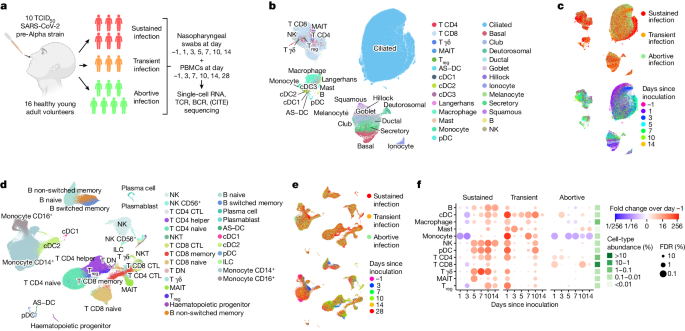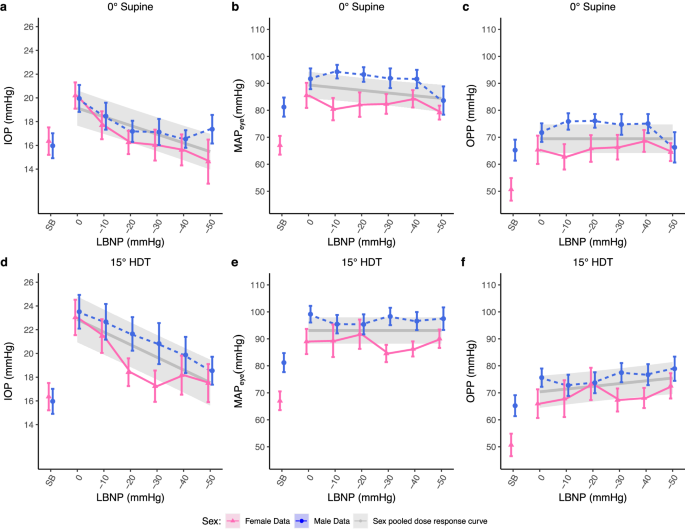2024-06-20 インペリアル・カレッジ・ロンドン(ICL)

Researchers at Imperial College London have discovered how foods with a higher fibre content keep us feeling more satiated.
<関連情報>
- https://www.imperial.ac.uk/news/254293/how-high-fibre-foods-make-people-feel/
- https://www.science.org/doi/10.1126/scitranslmed.adm8132
食事は健常なヒト回腸の代謝プロファイルを形成し、PYYの放出に影響を与える Diet shapes the metabolite profile in the intact human ileum, which affects PYY release
AYGUL DAGBASI, CLAIRE BYRNE, DOMINIC BLUNT, JOSE IVAN SERRANO-CONTRERAS, […], AND GARY FROST
Science Translational Medicine Published:19 Jun 2024
DOI:https://doi.org/10.1126/scitranslmed.adm8132
Editor’s summary
The digestion of different foods as they travel the length of the gastrointestinal tract is highly orchestrated, and the true complexity of this process is just beginning to be understood. Dagbasi et al. studied how fiber content and food structure affect nutrient metabolism and release of appetite-controlling peptides such as PYY in the human ileum. They found that high dietary fiber consumption, regardless of the extent of food processing, promoted ileal PYY (but not GLP-1) release in healthy volunteers. This PYY release was promoted by ileal metabolites, showing how what we eat may signal to the intestine to feed back on whole-body physiology. —Catherine Charneski
Abstract
The human ileum contains a high density of enteroendocrine L-cells, which release the appetite-suppressing hormones glucagon-like peptide-1 (GLP-1) and peptide tyrosine tyrosine (PYY) in response to food intake. Recent evidence highlighted the potential role of food structures in PYY release, but the link between food structures, ileal metabolites, and appetite hormone release remains unclear owing to limited access to intact human ileum. In a randomized crossover trial (ISRCTN11327221; isrctn.com), we investigated the role of human ileum in GLP-1 and PYY release by giving healthy volunteers diets differing in fiber and food structure: high-fiber (intact or disrupted food structures) or low-fiber disrupted food structures. We used nasoenteric tubes to sample chyme from the intact distal ileum lumina of humans in the fasted state and every 60 min for 480 min postprandially. We demonstrate the highly dynamic, wide-ranging molecular environment of the ileum over time, with a substantial decrease in ileum bacterial numbers and bacterial metabolites after food intake. We also show that high-fiber diets, independent of food structure, increased PYY release compared with a low-fiber diet during 0 to 240 min postprandially. High-fiber diets also increased ileal stachyose, and a disrupted high-fiber diet increased certain ileal amino acids. Treatment of human ileal organoids with ileal fluids or an amino acid and stachyose mixture stimulated PYY expression in a similar profile to blood PYY concentrations, confirming the role of ileal metabolites in PYY release. Our study demonstrates the diet-induced changes over time in the metabolite environment of intact human ileum, which play a role in PYY release.


